In 2019, we experienced a rare event in America: for three months, women held more jobs than men.
Fast-forward to the end of 2020, and we experienced an equally rare event: women accounted for all December job losses in the United States — and then some.
Within a year’s time, women went from sharing a 50/50 employment split to holding 860,000 fewer jobs than men. While this raises concern around diversity in employment and the wellbeing of women across our nation, it also raises a question: What are we at risk of losing as women leave the workplace?
Related Content: See how women impact our industries and economy, and how we can continue to elevate their roles and voices.
Women lead positive transformation
Women make up a large percentage of the workers in health care, community organizations and nonprofits. And there continues to be a rising number of women employed in industries that have historically been male-dominated, including renewable energy.
These women are changemakers, and their skills, expertise and stamina have a direct impact on measurable results.
Fortune 500 companies with the highest representation of women on boards financially outperform companies with the lowest representation of women on boards.
Gender-diverse teams have higher sales and profits compared to male-dominated teams.
Company profits and share performance is nearly 50% higher when women are well-represented in leadership.
Having women in leadership introduces even more benefits, including higher job satisfaction, higher retention and a decrease in employee burnout. These contributions are invaluable, made possible through the female factor.
Pursuing systems change for working women
Stress, burnout and personal obligations influence many women’s decision to leave the workplace. Combined with pandemic-related layoffs and business closures — which has disproportionately impacted women of color —women’s jobs have become almost twice as vulnerable when compared to men.
Nearly one-third of employed women are working mothers — which means that many of these women are shopping for groceries, teaching their children and caring for their homes, all while trying to maintain their careers. Compared to men, women in America spend 150% more of their time on household tasks, and are three times more likely than fathers to be responsible for caregiving during the pandemic.
These obligations, combined with unaddressed gender and racial disparities, has resulted in one in four women considering downshifting their career or leaving employment entirely. But for many others, leaving behind regular income is not an option, despite the added stress and responsibilities outside of work.
As we pursue systems change, we continue to pursue positive change for women in the workplace. When women no longer have to overcome inequities — such as choosing between their roles as caregivers and their jobs, or risking their health for employment — we can truly apply all that they bring to the table.
After recently witnessing an unprecedented number of women elected to the 117th Congress — one-third of which are women of color — we are beginning to see a shift in national leadership that could help drive the change women need to truly be set up for success in the workplace. This shift will open doors to many women who have been restricted by barriers, allowing them to use their voices and unique perspective to benefit our communities and advance their own passions and interests.
Related Content: Interested in communicating the value of inclusion? Learn more about making connections for good.
Empowering women to maintain employment
Over the years, many organizations have committed to helping women enter and remain in the workplace, including:
PowerToFly, which helps organizations prioritize hiring women and trans, gender-non-conforming and binary employees.
Dress for Success, which helps equip women for the workplace, from professional attire to skills development and workshops. They also help connect women with racially-inclusive organizations where women are free to pursue their passions.
The Mom Project, which helps women find employment at organizations that are committed to helping working moms integrate their work and life.
Apres, which helps women return to the workforce. They go beyond just helping women find jobs, taking into account flexibility needs and offering refresher courses through virtual workshops.
Today and every day, we work to elevate the voices of women. Positive change requires diverse perspectives from all races and genders as we can continue to transform our industries and communities.
INTERESTED IN COMMUNICATING THE VALUE OF INCLUSION?
HERE ARE 5 CURRENTS SHAPING THE SEA CHANGE IN PUBLIC POLICY.



